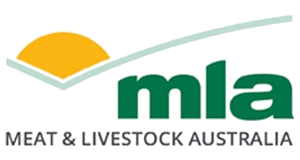Monitoring Middle East feedlot temperatures
| Project start date: | 15 August 2010 |
| Project end date: | 30 June 2015 |
| Publication date: | 30 June 2015 |
| Project status: | Completed |
| Livestock species: | Sheep, Goat, Lamb, Grassfed cattle, Grainfed cattle |
Summary
Anecdotal evidence suggests that extreme heat and humidity during summer months in the Middle East causes increased mortalities in Australian sheep kept there in feedlots. From an animal welfare perspective it is important to understand what the threshold for increased mortality is in terms of weather conditions.
Environmental weather conditions were monitored in five feedlots in the Middle East (ME), which are the end point before slaughter for Australian sheep that are part of the live export supply chain. Dry bulb temperature (Tdb), relative humidity (RH), number of sheep and daily mortality numbers were collected from each feedlot in the period from March 2010 to January 2014. Wet bulb temperature (Twb), water vapour pressure (WVP), and temperature-humidity index (THI) were derived from Tdb and RH.
The hottest environmental weather conditions were observed in the months from June through September in the five feedlots. A total of 2,277,502 sheep went into the ME feedlots during the study.


